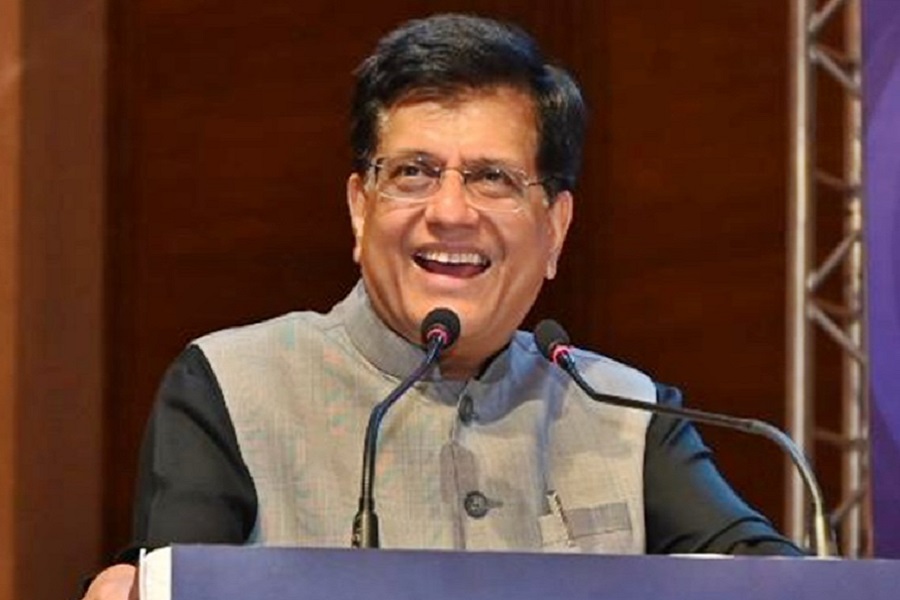100 Days of Tariff shocks: India’s trade deficit driven by surge in gold imports, fall in US exports

In its latest report, titled ‘From disruption to diversification: India's path through 100 days of tariff shocks’ Brickwork Ratings highlights the impact of USA’s punitive tariffs, crucially export contraction, job losses, and economic disruptions. Here are some of the highlights from the report:
Impact on Exports
- India's exports to the US sharply declined from USD 8.8 billion in May 2025 to USD 6.3 billion in October 2025. The decline was broad?based, with tariff?free product categories surprisingly recording the steepest drop, followed by those subject to the 50% tariff.
- Tariff-free products: Smartphones exports dropped more than 60%, from USD 2.29 billion (May 2025) to USD 884.6 million (September 2025). Pharmaceuticals dropped from USD 745.6M to USD 628.3M in the intervening period.
- 50% India-specific tariffs: Key sectors tariffed include gems & jewelry, solar panels, textiles & garments, chemicals, marine & seafood and agriculture & processed foods. Export value fell by 33%, from USD 4.8 billion to USD 3.2 billion between May and September 2025.
- Labor-intensive sectors such as textiles, gems & jewellery, leather, and marine products hardest hit due to reduced competitiveness.
- The 50% US tariff is estimated to reduce India's GDP growth by about 0.5%.
"India’s exporters have effectively tapped new markets to offset losses from steep US tariffs imposed in 2025. This strategic pivot mitigates risks and enhances India's export sustainability amid ongoing US tariff challenges," says Rajeev Sharan, Head - Criteria, Model Development and Research, Brickwork Ratings.
Impact on Trade Deficit
- India saw highest-ever trade deficit of USD 41.7 billion in October 2025. This widening deficit was driven largely by a dramatic surge in gold imports, which nearly tripled to USD 14.7 billion
- Despite the widening merchandise deficit, India's services exports remained strong, rising almost 12% y-o-y to USD 38.5 billion in October 2025.
How is India countering the tariffs?
India's exporters pivoted to alternative markets in Asia, Europe, and the Middle East, with increased exports to UAE, France, Japan, China, Vietnam, and Thailand. Overall merchandise exports rose 6.7% year-on-year in September 2025 despite the headwinds from the US tariffs.
- The tariffs resulted in declining investments and job losses, particularly in small and medium enterprises engaged in export-centric manufacturing. The government responded with measures supporting MSMEs and pushed for export diversification to mitigate losses.
- India is pursuing a multi-pronged strategy, including expedited Free Trade Agreement negotiations (e.g., India-UK), export finance support for MSMEs, and trade talks with the US aimed at rollback of punitive tariffs and a bilateral trade agreement expected by late 2025.
Outlook and strategic realignment
- India aims to finalize a bilateral trade agreement with the US by late 2025, focusing on reciprocal tariff rollbacks and better market access.
- India aims to safeguard farmers, fishermen, and micro, small, and medium enterprises (MSMEs) within the agreement, ensuring sensitive domestic industries are not negatively impacted.
- Expansion and deepening of FTAs, such as India-UK and India-EFTA agreements, will open alternative markets with reduced tariffs.
Above views are of the author and not of the website kindly read disclaimer




.jpg)



















